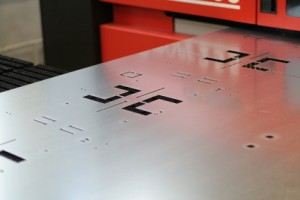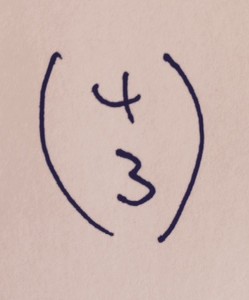How to do math translations
.. isn’t the easiest name for a blog post but, in the interests of good keyword research, these seem to be the kind of words that have been typed into Google. I guess that’s just the way some maths topics are presented, perhaps just a little awkward to search for information in a way that works for you.
Either way I’m glad you’re here!
Math translations should
Here’s some points to bear in mind with how to do math translation:
– the shape won’t change size
– it’s far better to use a point by point method as the shapes can get quite complex (see videos for details on this)
– the translation will be in the form of a ‘vector’ that looks something like this:
There are some other topics … rotation, reflection, transformation.. you’ll also need to learn and I’ll add links as I create the videos. In the meantime I hope these help.
How to translate a shape on a graph
How to translate a shape with a vector
How to translate a shape GCSE math exam question

Amazing thanks for the help.
Hi! I remember I asked for translations, but I’ve completed exams now!
Thanks for all your help,
Zaynab.
Thanks for this!